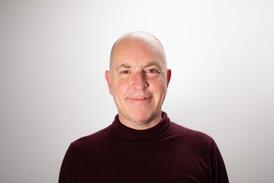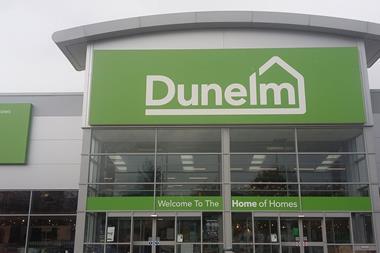Marks & Spencer beat expectations as underlying pre-tax profits rose 2.3% to £268m in its first half. Retail Week takes a look at the City’s reactions.
“Unseasonal weather in September has overshadowed what was shaping up to be a reasonable half with progress visible on womenswear ranging, gross margin gains and efficiencies. Online is still a drag, but on an improving trend with first half sales down 6.3% after February’s replatforming. Management expects second half growth to be positive having exited flat. Food performed solidly and continues to outperform the industry despite a lack of inflation and a difficult industry backdrop.
“The unseasonal warm weather, which has impacted the whole sector, has overshadowed some progress from improved ranges, better markdown and sourcing and improved cash generation.” Kate Calvert, Investec
“It’s certainly unlucky 13 for M&S as its general merchandise sales have declined for a 13th consecutive quarter, which is likely to further fuel calls for CEO Marc Bolland’s exit. General merchandising results are disappointing for the 150-year-old retailer as it continues to lose out to cheaper alternatives, such as Primark. A mild autumn period has adversely impacted sales but there are fundamental issues that are plaguing M&S’ fortunes.
“The retailer needs a more flexible supply chain to meet the demands of the fast changes in shopper/fashion trends or seasonal variations. Pricing issues, due to a focus on improving gross margin, in-store service failures – such as an increasing number of out of stock items – and a website that is still suffering problems in search and functionality are all increasing shopper angst.” Himanshu Pal, Kantar Retail
“We continue to believe it will take a number of seasons before the existing team is able to manifest a marked improvement in performance in womenswear. There has, we believe, been an improvement in the autumn/winter ranges but the branding and the demographic and age profile of its customer being targeted remains unclear. The initiatives relating to the supply chain and IT address under investment from the past and bring the infrastructure up to the standards of international peers but will not, we believe, lead to a significant increase in profits over the medium term.” Freddie George, Cantor Fitzgerald
“Negative general merchandise sales in the second confirm the well documented impact from the Indian summer, but the magnitude of the decline means we doubt the weather is entirely to blame. “Management has recently changed its narrative to focus more on the gross margin, which was ultimately up +150bps in the first half in general merchandise and will likely provide optimism in the near term.
“Our longer-term negative view on M&S is driven by continuing market share losses in general merchandise, which we do not see abating anytime soon and the poor incremental returns on capex M&S has been making for years. In the near term though, we believe the gross margin beat and better-than-expected first half pre-tax profit could potentially trigger a share price bounce off its lows.” Christodoulos Chaviaras, Barclays
“The brand is finally introducing more clarity to its over-complex clothing lines, but look beyond the flagship stores and many are still a mess of baffling sub-brands. The website needs an urgent overhaul, as despite being compendious it lacks the flair or ease of use of rivals like Next, Zara and H&M to which younger customers have defected in droves. “The late autumn has conspired against this year’s autumn-winter season being the catalyst for change it needed to be. So the pressure on the brand to get it right in spring will be greater than ever.” Phil Dorrell, Retail Remedy
“While the numbers for clothing would still have been negative across the period, they would have been significantly less so if it had not have been for the warm September. This is evidenced by the fact that the first quarter performance was significantly stronger than the second and also that across a five-month period womenswear sales rose by 1.3%. Given that womenswear is one of M&S’s most problematic categories this swing into positive territory is a sign that the years of decline may well have bottomed out and that M&S’s strategy of becoming more fashion focused is starting to pay dividends
“A slip in online sales of 6.3% is extremely poor and indicates that M&S’s website is simply not delivering the goods. We maintain our view that the site is confusing to navigate and that M&S has made it too much like magazine which gets in the way of buying product.” Neil Saunders, Conlumino










![Ollie Pryor[46]](https://d53bpfpeyyyn7.cloudfront.net/Pictures/274x183/1/7/1/3119171_olliepryor46_336332_crop.jpg)

















No comments yet